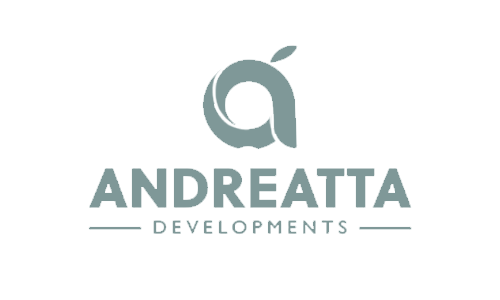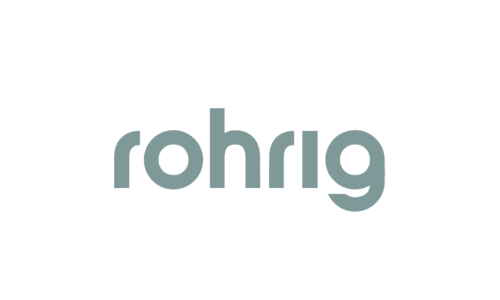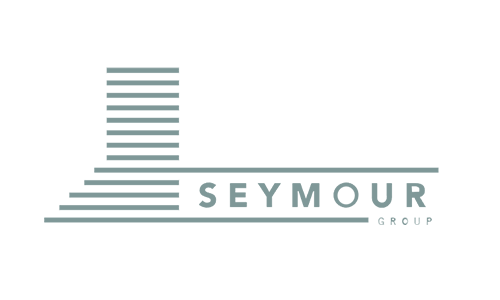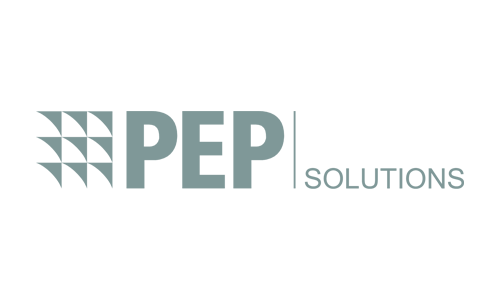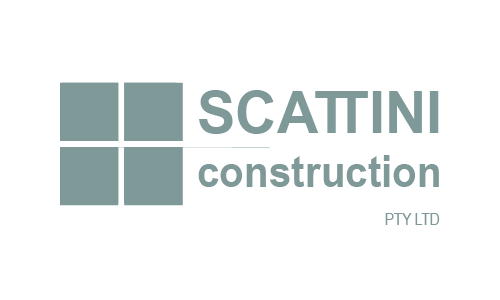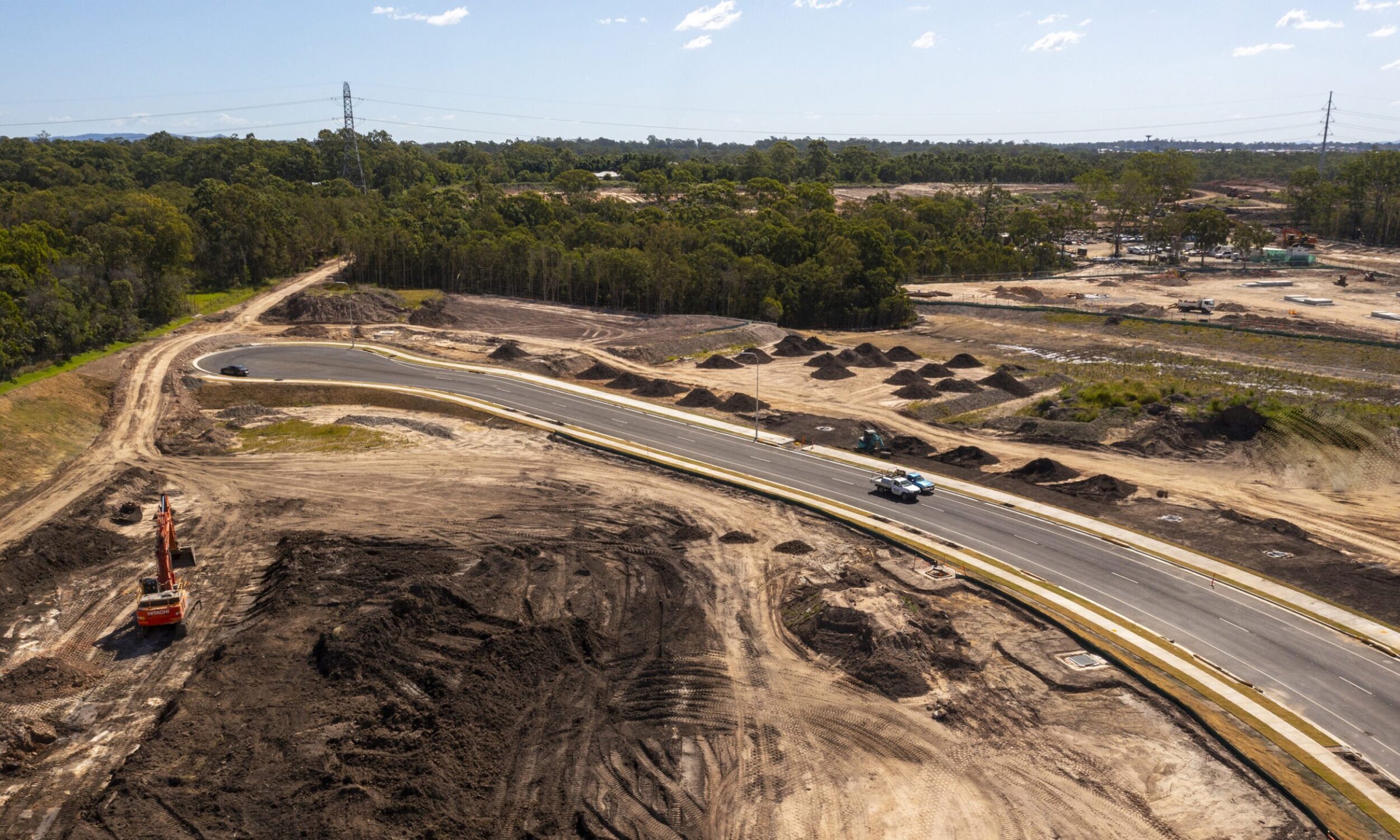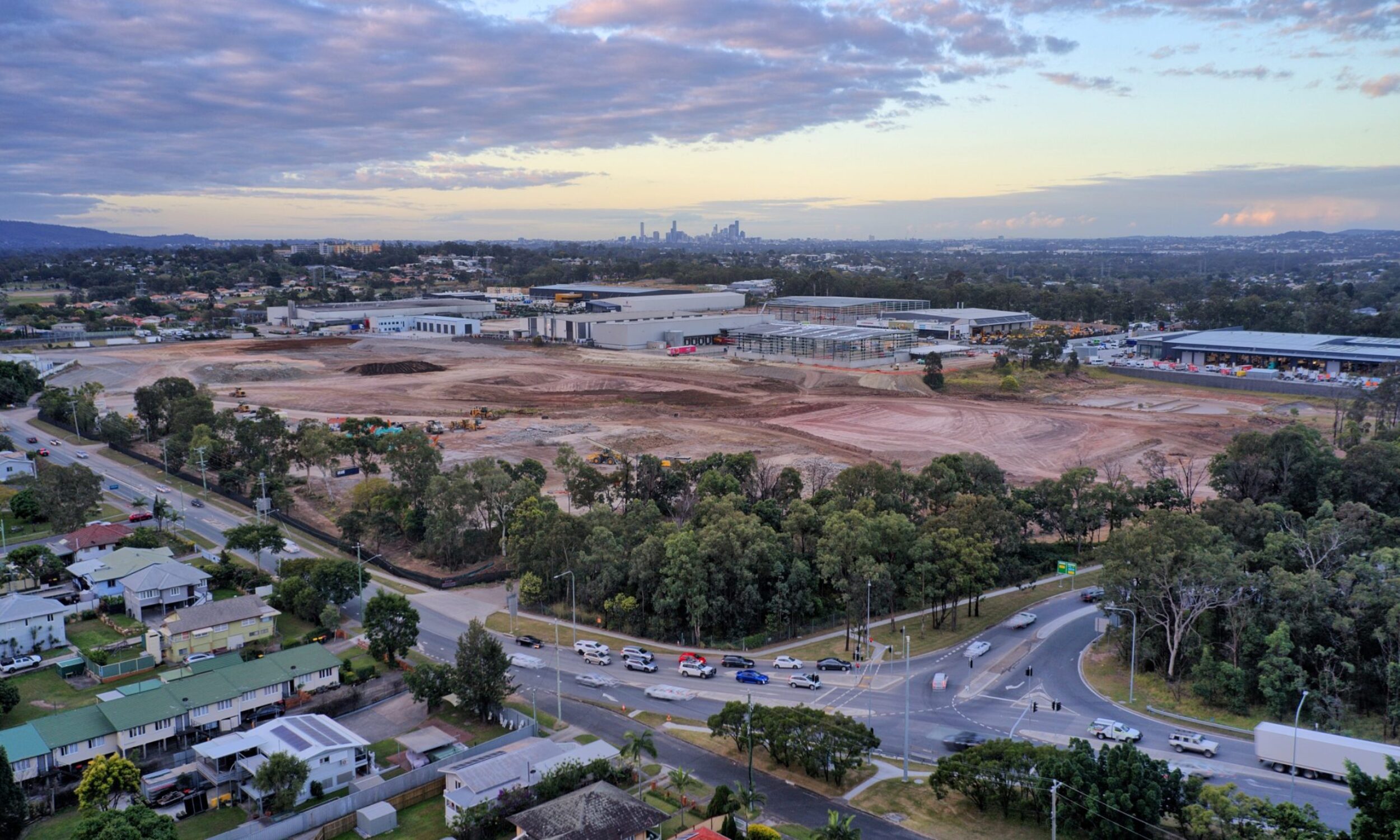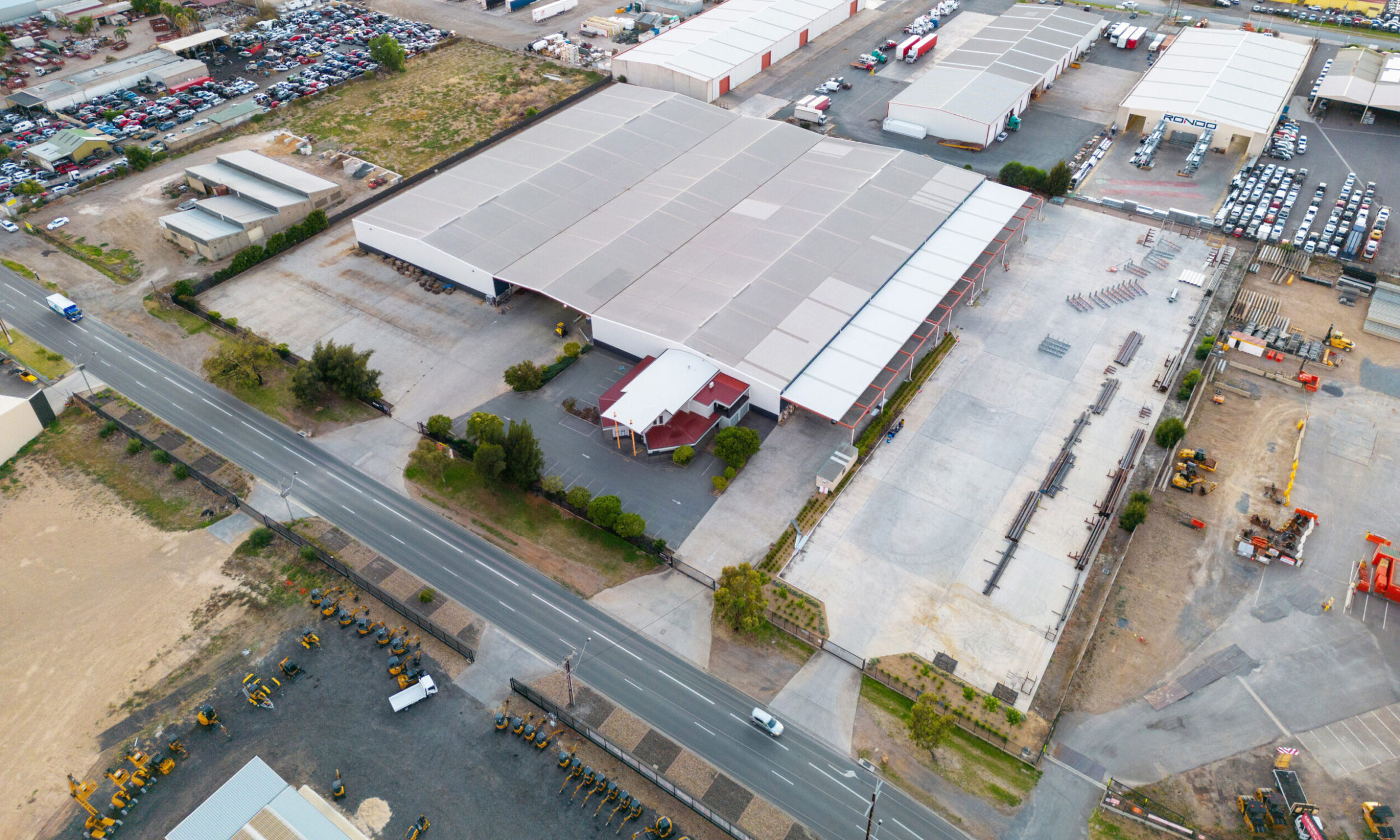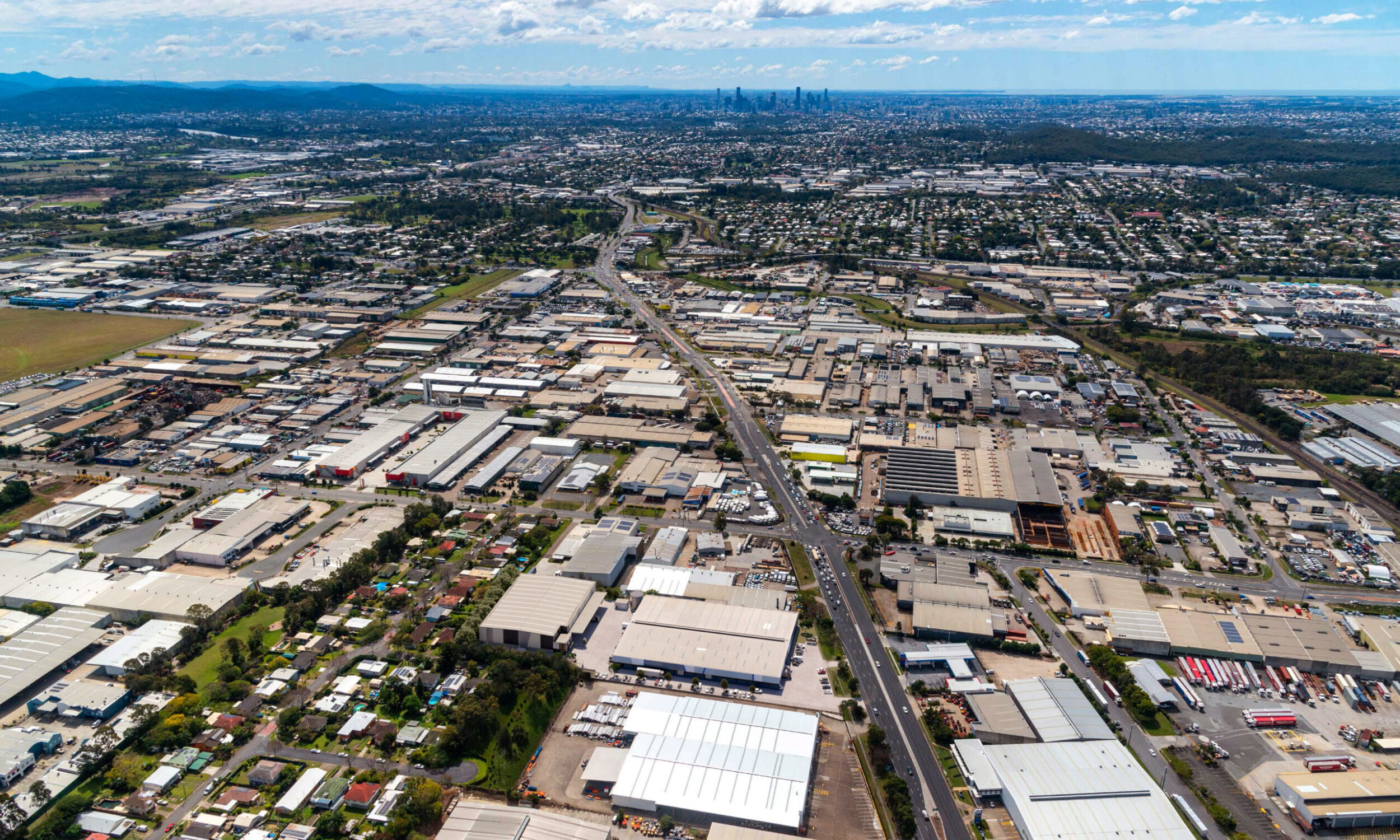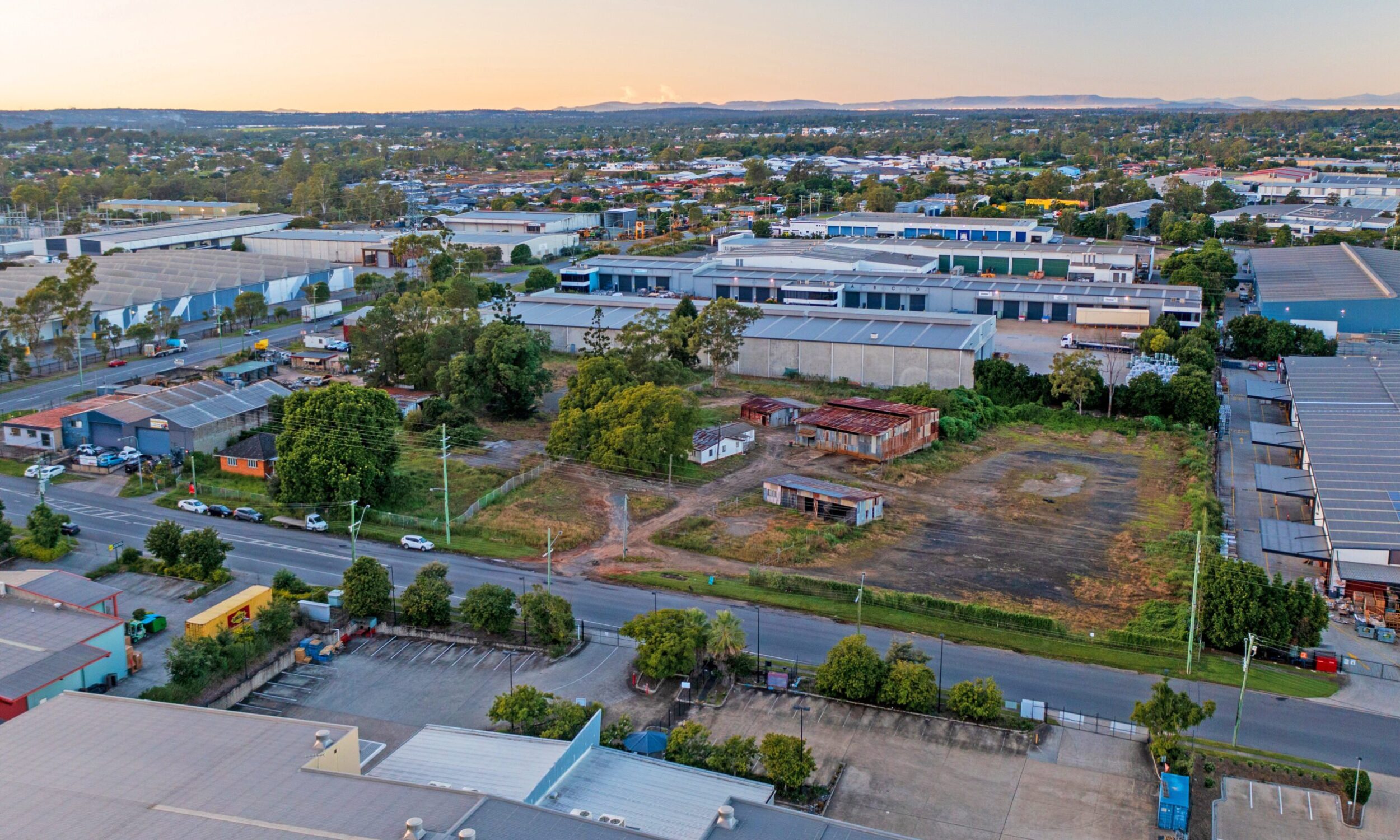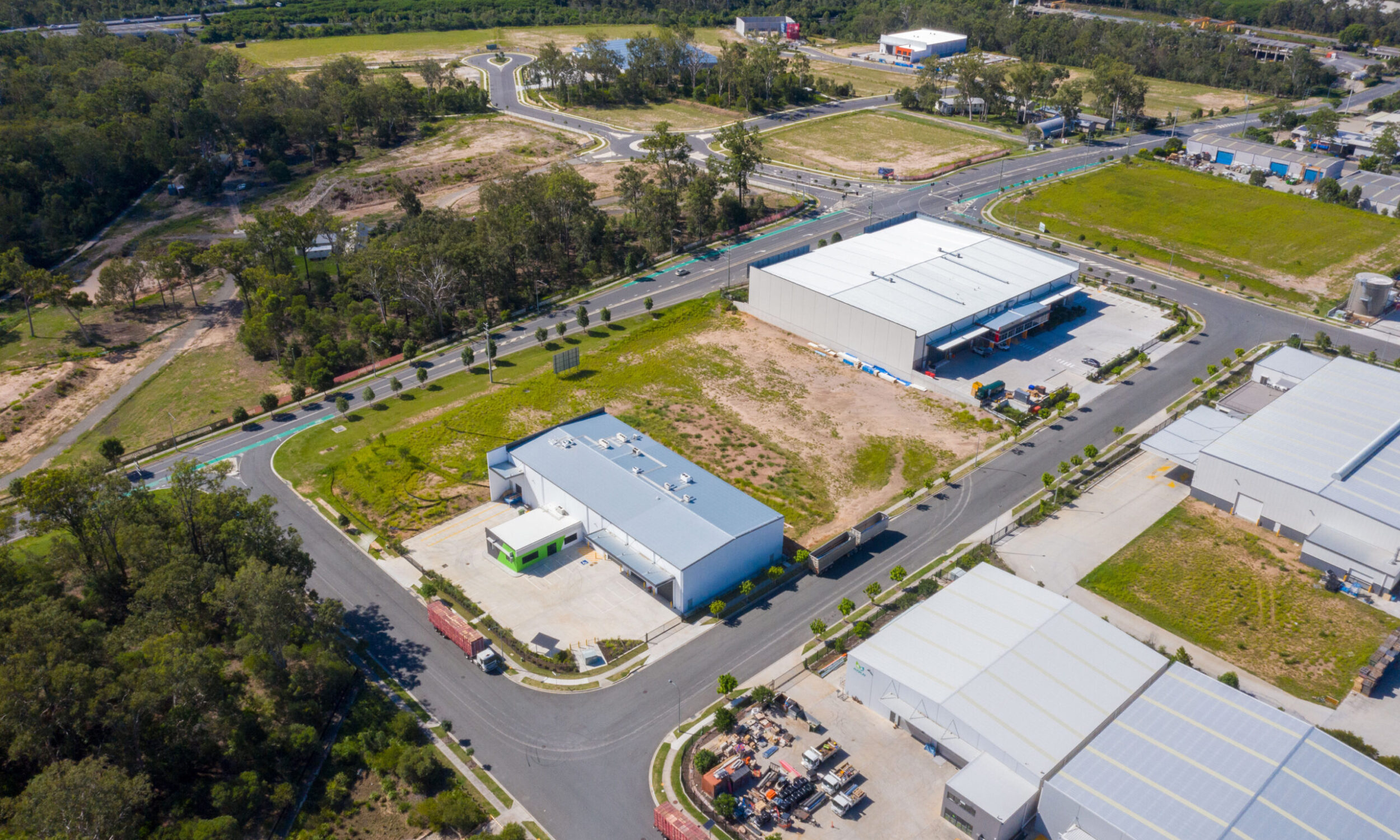nu .

Melbourne’s Office Market in Transition
Melbourne’s commercial property landscape is undergoing a significant shift as the city adapts to hybrid work, changing space requirements, and new development patterns. As we look ahead to 2025, Melbourne’s office market finds itself at a crossroads: redefining its CBD identity while accelerating growth in suburban hubs. This article outlines the forces shaping Melbourne’s office sector and what lies ahead for investors, developers, and occupiers.
The CBD: Cautious Optimism with a Need for Reinvention
Melbourne’s CBD has faced strong headwinds since 2020, including extended lockdowns, remote work adoption, and shifting tenant preferences. Vacancy rates remain elevated, sitting around 15–18%, depending on the grade. However, signs of recovery are starting to emerge as companies re-evaluate space in light of workforce stability.
Key 2025 CBD trends:
Flight to quality: Tenants prioritising modern, ESG-compliant buildings.
Amenity-driven leasing: Buildings with wellness, collaboration, and tech are in demand.
Flexible footprints: Companies are reducing total space while increasing quality.
Developers and landlords are repositioning older assets with refurbishments or converting to mixed-use to remain competitive.
Fringe and Suburban Markets on the Rise
Areas like Southbank, Docklands, Cremorne, and Richmond are experiencing steady leasing activity, with demand coming from creative industries, tech startups, and SMEs. Suburban hubs such as Box Hill, Dandenong, and Sunshine are also drawing significant interest, particularly from health and education sectors.
What’s driving this decentralisation?
Access to skilled labour closer to home.
Improved road and rail infrastructure.
Lower occupancy costs with new-build quality.
Expect continued tenant migration into the Melbourne Metro area as businesses seek agile space solutions in 2025.
Co-Working and Flex Spaces Gain Momentum
Hybrid work has permanently altered the way office space is used. In Melbourne, flexible office providers are experiencing a resurgence, with corporates taking ‘hub and spoke’ approaches to support dispersed teams.
2025 snapshot:
Flex space demand is up 30% year-on-year.
Operators like WeWork, Hub Australia, and The Commons are expanding.
Landlords are integrating flex offerings into traditional assets.
Expect continued innovation in workspace design, from AI-assisted booking systems to wellness-oriented layouts.
Development Pipeline & Adaptive Reuse
Melbourne’s office pipeline remains strong, particularly for premium and A-grade space. However, with leasing markets still stabilising, some developers are pausing projects or pivoting toward build-to-rent or mixed-use alternatives.
At the same time, older office buildings are being retrofitted or converted into:
Hotels and residential towers
Vertical schools or education hubs
Community, arts, or health facilities
Adaptive reuse will be key in managing oversupply and rejuvenating underutilised CBD sites.
Investment & Yields
In 2025, Melbourne remains attractive for long-term investors, particularly those focused on ESG assets and income resilience. While yields have softened slightly due to rising interest rates, buyer interest is high in:
Green-certified buildings
Government-tenanted assets
Strategic land parcels with mixed-use potential
Asian capital, particularly from Singapore, Hong Kong, and Japan, continues to play a strong role in acquisitions.
Challenges for 2025
Work-from-home culture: Still influencing demand and space planning.
High construction costs: Delaying speculative builds.
CBD retail softness: Affecting the amenity and liveability of office precincts.
Solutions will come from greater public-private collaboration, incentives for revitalisation, and zoning flexibility.
Final Thoughts
Melbourne’s office market is in transition—but that presents opportunity. The 2025 outlook suggests a more distributed, tenant-focused office ecosystem, where quality, flexibility, and liveability are critical. As the city’s commercial core redefines itself, forward-thinking owners and investors can position themselves ahead of the curve.
Get a free quote
Whether you’re selling land, securing approvals, or launching a campaign — we’ll help you visualise it clearly and move faster to market. Fill out the form below and we’ll send through a free tailored quote for your next commercial or industrial development.





